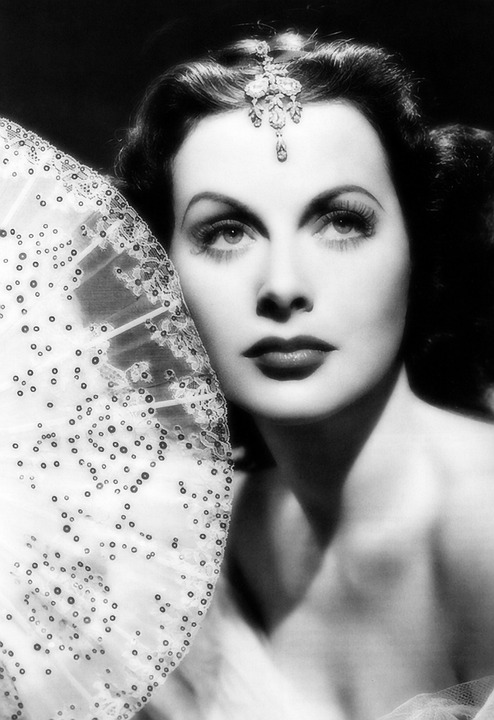Cultural Crossroads: How Arab Filmmakers Navigate Western Influence on Sexual Imagery
In recent years, the Arab film industry has seen a surge in popularity and recognition on the global stage. Arab filmmakers are telling their stories and exploring various aspects of their culture, including the complex relationship between traditional values and external influences. One particular aspect that Arab filmmakers often grapple with is the Western influence on sexual imagery in their films.
Arab cinema has a long history of artistic expression and narrative storytelling, often reflecting the societal norms of the region. However, with globalization and the spread of Western media, Arab filmmakers are faced with navigating the delicate balance of maintaining cultural authenticity while acknowledging the impact of Western ideas and aesthetics.
The Arab world has traditionally been known for its conservative values and treatment of sexuality in film. Nudity, explicit scenes, and provocative portrayals have been largely absent, as Arab society tends to place a stronger emphasis on modesty and modesty than on expressing sexuality openly. However, this traditional approach is now being challenged as Arab filmmakers navigate the influences of Western cinema.
Western films, with their more liberal attitudes towards sexuality and openness, have had a significant impact on Arab filmmakers. Exposure to Western films has given Arab directors a broader perspective and allowed them to experiment with new approaches to sexual imagery. This newfound freedom presents both opportunities and challenges for Arab filmmakers, as they seek to incorporate Western influences while still respecting their cultural roots.
Many Arab filmmakers have found creative ways to navigate Western influences by treading a fine line between cultural authenticity and Western expectations. They often use subtlety and metaphoric representations of sexuality to explore taboo subjects within the confines of their traditional values. For instance, a lingering gaze or a passionate kiss can convey a powerful and sensual moment between characters without the need for explicit scenes.
One prominent example of this can be seen in Naji Abu Nowar’s film “Theeb.” The film, set in a remote Bedouin society, explores themes of coming-of-age and self-discovery while beautifully capturing the sensuality of the desert landscape. Rather than relying on explicit sexual scenes, Nowar uses the power of suggestion to evoke desire and tension between characters, creating a deeply resonant and emotional experience for the audience.
Similarly, Arab filmmakers employ symbolism and visual metaphors to convey their messages on sexuality. This allows them to address topics that might be considered controversial within Arab society while still adhering to their cultural norms. For example, in Nadine Labaki’s acclaimed film “Caramel,” the characters’ interactions in a beauty salon serve as a metaphor for their larger desires and struggles, providing a subtle yet powerful exploration of female sexuality within the Arab context.
However, it is not just the inclusion of sexuality that Arab filmmakers grapple with; it is also the portrayal of women in their films. Western cinema often depicts women as liberated and sexually assertive, challenging traditional gender roles. Arab filmmakers, on the other hand, must find a way to present strong and empowered female characters while still considering societal expectations and cultural sensitivities.
Filmmakers like Haifaa Al-Mansour, the first female Saudi Arabian director, have been at the forefront of the movement to empower women in Arab cinema. Al-Mansour’s film “Wadjda” tells the story of a young girl’s pursuit of freedom and self-expression in a conservative society. By focusing on the protagonist’s determination and resilience, Al-Mansour showcases the power and agency of women, while remaining sensitive to cultural boundaries.
Arab filmmakers are constantly navigating the intersection between tradition and modernity, acknowledging the influence of Western cinema while maintaining cultural authenticity. They are pushing boundaries, challenging stereotypes, and finding innovative ways to explore sexuality on their terms. Through subtlety, symbolism, and a focus on character-driven narratives, Arab filmmakers are successfully producing engaging and authentic works that resonate both within their own communities and with international audiences.
In conclusion, the Arab film industry is at a cultural crossroads, as filmmakers must navigate the influence of Western ideas and aesthetics on sexual imagery. While traditional values and societal norms still play a significant role in Arab cinema, exposure to Western films has led to a more nuanced approach to exploring sexuality. Arab filmmakers are finding innovative ways to incorporate Western influences while still respecting their cultural roots, using subtlety, metaphor, and powerful storytelling techniques. Through their commitment to authenticity and their willingness to challenge traditional norms, Arab filmmakers are successfully creating works that resonate with both their local communities and global audiences.
Finally, we would like to introduce you to an innovative platform dedicated to the study of sexuality in Arabic cinema.
Complying with international laws and regulations, our site offers a variety of film analyzes, from independent to mainstream, that provide a subtle insight into sexual themes in the Arab film industry. With a streamlined interface and simple search features, aflamaljins.com provides a safe, respectful and interactive environment for users. If you are intrigued by the intersection of Arab culture, sexuality and cinema, our website is a comprehensive and educational resource.
